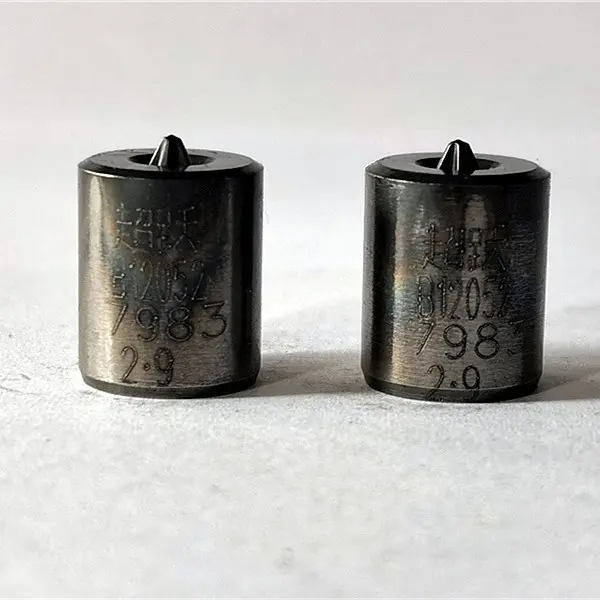Introduce:
Using screws to join materials together is common practice when it comes to the stability and safety of various structures. However, achieving the required seal and security requires careful attention to detail, including the critical second punch used to secure the screw. In this blog, we’ll dive into the importance of bolt torque, the role of the second punch in ensuring screw tightness, and why maintaining a formal approach to these processes is critical across industries.
Bolt Torque: Props for Screw Safety
Bolt torque refers to the force applied to tighten a bolt and helps determine the proper tightening or clamping force of the screw. Inadequate application of torque can cause screws to loosen, compromising the overall stability and functionality of the structure. Additionally, excessive torque may cause bolt failure or excessive stress on the connecting material, compromising structural integrity. Therefore, establishing and maintaining correct torque levels is critical to ensuring the longevity and safety of screws.
The effect of the second punch
In the case of screw tightening, a second punch is the additional tightening applied after the initial tightening or punching. The second punch is especially important to offset the effects of sitting and relaxing that may occur shortly after the first punch. Seating refers to the slight settling of materials and components as they adjust to a compressed state, while relaxation is caused by changes in material properties or the relaxation of tension within the structure.
By using a second punch, engineers and technicians can compensate for these situations and achieve optimal screw tightness. It helps eliminate any potential gaps or changes created during settlement and relaxation, ensuring the screw remains securely tightened and resists external forces such as vibration or external loading.

Formal Methods: Accuracy, Consistency, and Reliability
In an industry where structural safety and reliability are paramount, maintaining a formal approach to the tightening process is non-negotiable. Formal methods include following standardized procedures, using specialized equipment, and training personnel to adhere to industry best practices. These measures guarantee precision, consistency and reliability of screw tightening, ensuring that the second punch and overall torque application are performed with meticulous attention to detail.
Precise torque measurement tools, such as a torque wrench or torque sensor, allow engineers to accurately measure the applied force and monitor torque levels during the initial and second punches. Additionally, by standardizing procedures, organizations can minimize the risk of human error and reduce the variability that can occur when different individuals complete the tightening process.
In conclusion:
In the field of fastening, the second punch for the security screw plays a key role in ensuring the required tightness and stability. Understanding and implementing proper bolt torque values, as well as performing a second punch to account for material adjustment and slack, are critical steps in achieving the highest levels of safety and durability. By adopting a formal approach, the industry can maintain accuracy, consistency, and reliability in screw fastening practices, ultimately resulting in safe, reliable, and long-lasting structures.
Post time: Oct-19-2023


